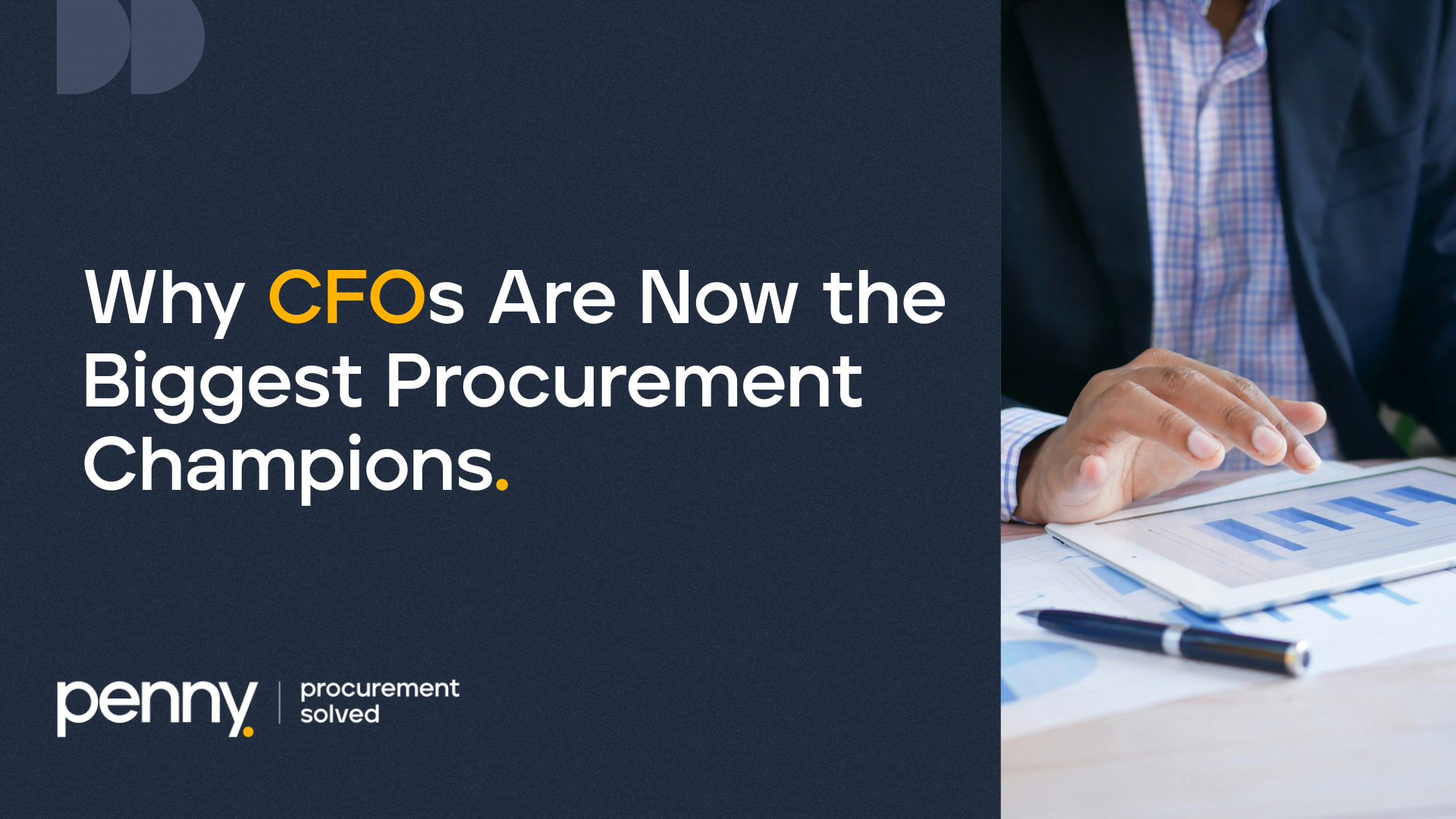
For decades, procurement and finance operated as two parallel worlds. Procurement was tasked with sourcing goods and services while finance focused on budgets, compliance, and the bottom line. The relationship was transactional and reactive.
But in the last few years, something fundamental has changed. The Chief Financial Officer has become one of procurement’s strongest allies. Across industries, CFOs are now driving digital transformation in procurement, pushing for automation, visibility, and governance that align spend with strategy.
This shift is not random. It is structural.
The Strategic Evolution of the CFO
The modern CFO is no longer just the guardian of cost control. They are expected to be strategic partners in growth, risk management, and sustainability. To deliver on that role, they need real-time insights into how money flows across the organization.
Procurement data is central to this visibility. It reveals how resources are allocated, how efficiently suppliers perform, and where bottlenecks delay value creation.
CFOs have realized that the key to strategic agility lies in procurement’s ability to connect spend data to business outcomes. This connection transforms procurement from a back-office function into a decision intelligence hub.
From Cost Cutting to Value Engineering
Traditional finance looked at procurement as a lever to negotiate lower prices. But as markets evolved, pure cost cutting proved insufficient. Now, leading CFOs are using procurement to engineer long-term value.
That means assessing supplier reliability, sustainability, and innovation potential, not just price tags. It means understanding total cost of ownership, supplier risk profiles, and life-cycle economics.
With platforms like Penny, CFOs can see every purchase request, approval, and invoice in one unified interface. This transparency empowers them to balance cost optimization with business resilience, an impossible task in a spreadsheet-driven environment.
Visibility: The New Currency of Control
In volatile economies, control without visibility is an illusion. The CFO’s greatest frustration has always been untracked spending the gray area of maverick purchases, delayed invoices, and fragmented supplier data.
Automation has finally changed that. Through intelligent procurement platforms, CFOs now have real-time visibility across departments, projects, and suppliers. They can see not only how much was spent, but why, where, and by whom.
This visibility does more than eliminate waste. It enables smarter forecasting, stronger governance, and faster decision-making.
At Penny, we have seen customers reduce unapproved spend by up to 30 percent within the first few months of adoption simply by introducing clear visibility and approval automation.
Governance Without Friction
CFOs love governance, but employees often hate it. Manual governance feels like bureaucracy. Intelligent procurement changes that.
Today, rules and approval hierarchies are embedded into workflows. The system enforces policies quietly, ensuring compliance without blocking operations. This seamless integration of control and efficiency is exactly what CFOs want: a balance between discipline and agility.
As one finance leader told us recently, “I don’t want my teams to think about compliance. I want compliance to happen automatically.” That is what automation makes possible.
Spend Intelligence: A New Form of Power
If visibility is the currency of modern finance, then intelligence is its interest rate. CFOs are now using advanced analytics and AI-driven insights to forecast spending patterns and identify risks before they materialize.
With predictive procurement analytics, CFOs can simulate budget outcomes, identify which suppliers deliver the best ROI, and even calculate the cost impact of potential supply chain disruptions.
This kind of intelligence turns procurement into a source of strategic foresight. It gives CFOs a toolset for planning with precision and confidence something impossible in legacy systems.
The CFO–CPO Alliance That Defines the Future
The best-performing organizations share a new kind of executive relationship: the partnership between the CFO and the Chief Procurement Officer.
Together, they create an ecosystem where spend visibility, data governance, and capital discipline are unified under one vision. Procurement leaders deliver the insights, and CFOs turn them into financial advantage.
In many forward-looking companies, CFOs are even sponsoring procurement transformation projects directly. They see them not as operational improvements but as financial infrastructure upgrades.
The result is a company that runs leaner, faster, and smarter.
The New Face of Procurement Leadership
Procurement is no longer a department that reports savings. It is a function that drives financial performance. CFOs recognize this, and that recognition is rewriting the rules.
The future will belong to organizations that break down the walls between finance and procurement. Those who continue to treat procurement as an administrative cost center will find themselves outpaced by competitors who see it as a source of strategic leverage.
In this new era, CFOs are not just approving budgets. They are championing the systems that make every dollar count.

